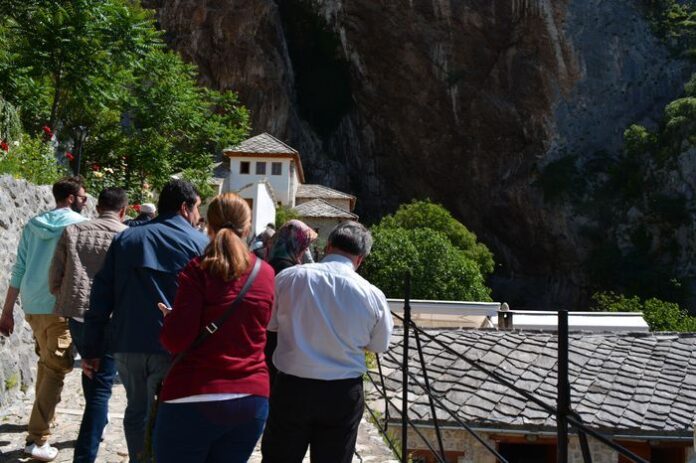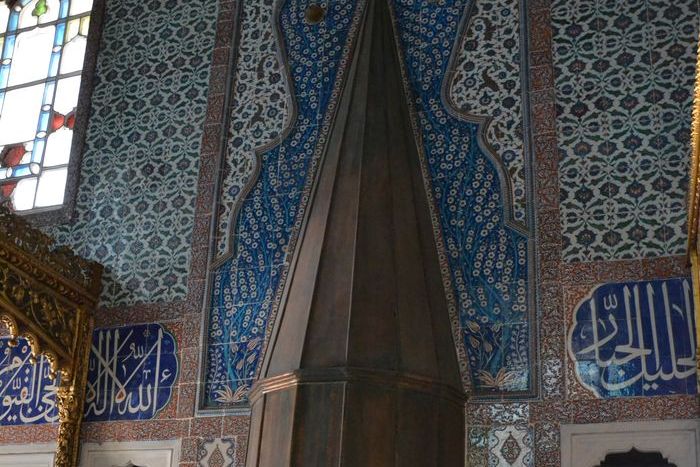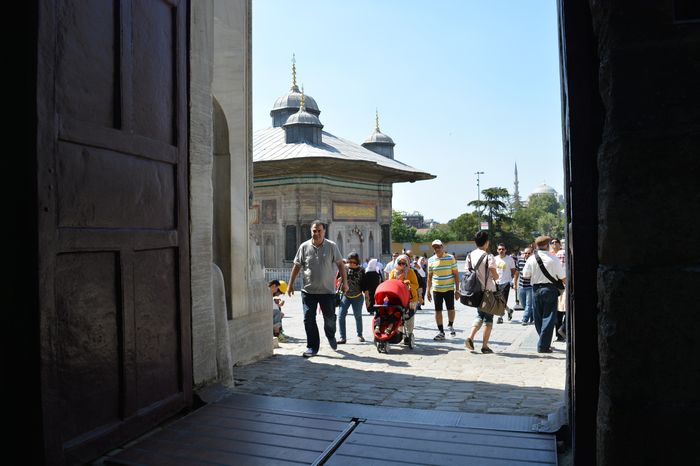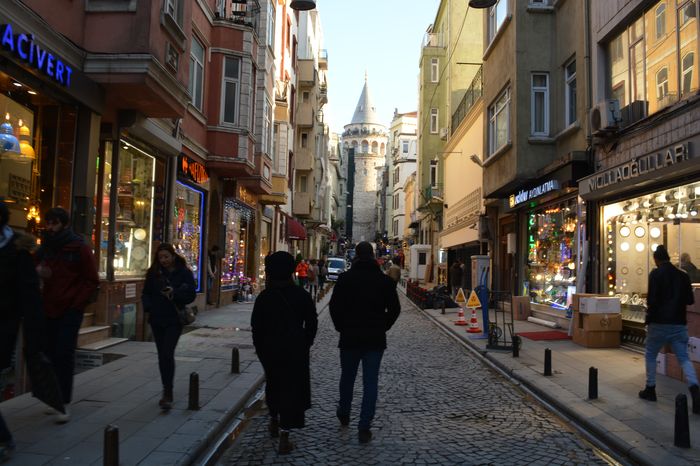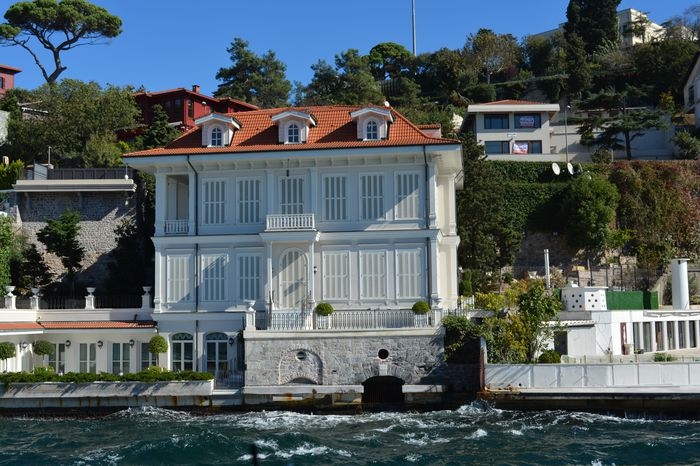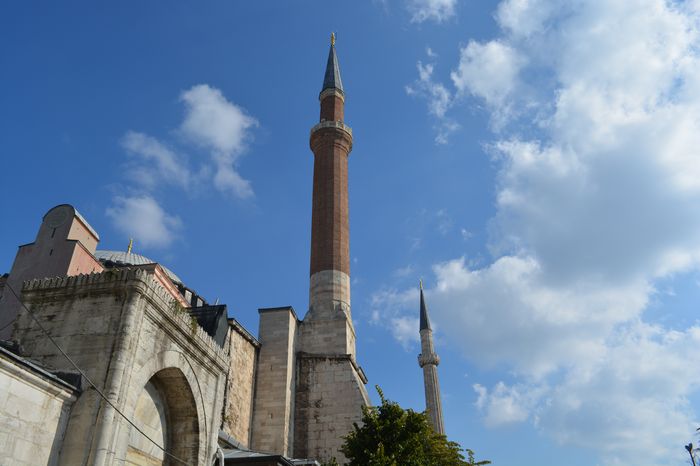Serbian Support
One fragmentary inscription found on a tower between the Gate of Charisius and Tekfur Sarayı likely dates to the reign of John VIII Palaiologos. Although damaged, the inscription contains the letters ENIC9H H KO, which scholars believe stood for the phrase ANEKAINISTHÊ H KOURTINA, meaning:
“The curtain-wall was restored.”
This phrase matches the style and wording of another intact inscription located near the Sea of Marmara, which commemorates repairs done in 1448 by George, Despot of Serbia. Because the lettering is so similar, many believe that part of the funds sent by the Serbian ruler to help defend Constantinople were used to repair this section of the land walls as well. This reveals that neighboring Christian rulers were also concerned with protecting the city from their common enemy — the advancing Ottomans Inscriptions from the Final Restoration of the Theodosian Walls.
An Inscription Honoring a Nobleman
Another inscription, likely from the same period, is located on the fifth tower north of the Gate of Charisius. It reads:
“(Tower) of Nicholas Agalon, Cabalarius.”
The word Cabalarius means “knight” or “horseman,” suggesting that Nicholas Agalon was a member of the Byzantine nobility or military elite. His name may have been added to recognize his donation or leadership in the restoration project Customized Tours Istanbul.
The Name of Manuel Iagari and His Controversial Role
On the first outer tower north of the Golden Gate, and again on the outer tower across from the Gate of the Pempton, the name Manuel Iagari appears. These names are placed just below inscriptions that honor Emperor John VIII Palaiologos.
At first, it may seem that Manuel Iagari was the official in charge of supervising the restoration of those towers. However, historical sources provide a darker picture.
According to the chronicler Leonard of Scio, Manuel Iagari and a monk named Neophytus of Rhodes were responsible for wall repairs just before the final siege of Constantinople in 1453. During the desperate last days of the empire, Emperor Constantine XI Dragases was struggling to prepare the city for the inevitable Ottoman attack.
Leonard accuses Manuel and Neophytus of embezzling much of the money meant for the city’s defenses. Instead of strengthening the walls, they pocketed the funds, weakening Constantinople’s chances of survival. Leonard writes:
“Thus the city, because of the carelessness of thieves, perished in such a great storm.”
After the fall of the city, it is said that the Ottoman conquerors discovered stolen money hidden in a jar, confirming the betrayal.
These final inscriptions from the last years of the Byzantine Empire reflect a mix of hope, support, and tragic failure. On one hand, nobles, local officials, and foreign allies still tried to save Constantinople by funding repairs. On the other hand, corruption and mismanagement, even in the empire’s final hours, left the walls vulnerable.
The downfall of the city in 1453 was not just a military defeat—it was also a consequence of internal weakness and lost integrity, as revealed in these last inscriptions etched into the stone of its once-mighty walls.
